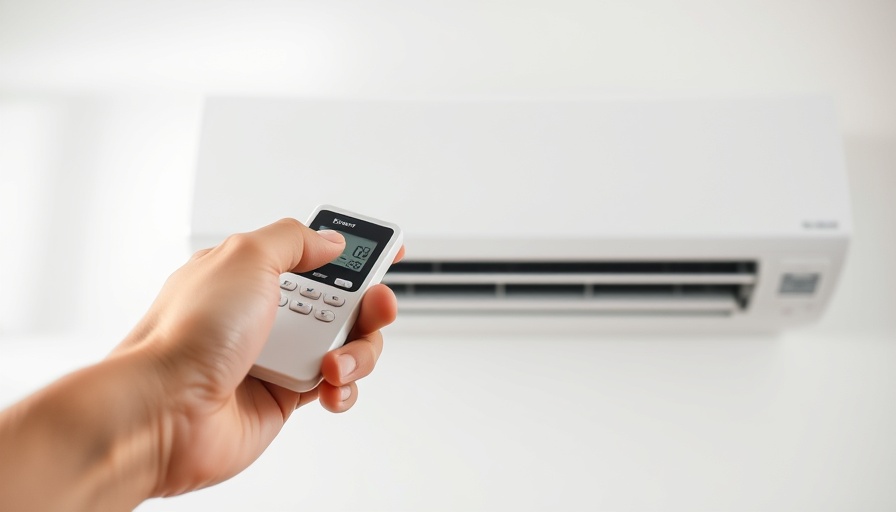
Understanding the Best Temperature for Your AC During Heatwaves
As the sweltering heat of summer brings relentless heatwaves, many homeowners find themselves grappling with the ideal air conditioning settings. While the instinct may be to crank down the thermostat, experts suggest that there’s a more effective approach to both comfort and energy savings.
Why 78°F Is the Sweet Spot
According to the U.S. Department of Energy, the optimal AC setting during the day when you're home is around 78°F (26°C). This temperature strikes a balance between comfort and energy efficiency. Many people want to lower the temperature even further, perhaps to 72°F. However, cooling your home to this level can lead to significantly higher energy bills, especially during sweltering weather, where outside temperatures often exceed this threshold.
Getting Smart with Your Thermostat
One effective tool to make managing your home's temperature easier is a programmable thermostat. The Environmental Protection Agency's ENERGY STAR program recommends using these devices to adjust settings automatically while you're away or sleeping. This not only reduces unnecessary energy consumption but also simplifies the process of maintaining an ideal indoor climate. By allowing the thermostat to do the thinking for you, you can avoid the perpetual mid-summer struggle of adjusting the temperature each time you leave the house.
Maintaining Efficiency During Extreme Heat
To ensure your AC system operates efficiently, regular maintenance is crucial. This includes changing air filters monthly to prevent dust and debris buildup, which can restrict airflow and efficiency. Additionally, scheduling annual checks with a qualified HVAC technician can help troubleshoot any potential issues before they escalate into costly repairs. Keeping your system in top condition is essential during heatwaves when reliance on air conditioning is at an all-time high.
Using Alternative AC Modes for Comfort
If your air conditioner has a 'dry' mode, consider using it during particularly humid days. This setting doesn’t cool the air aggressively but focuses on removing moisture, making the atmosphere feel fresher without consuming as much energy. This can provide a significant comfort boost, improving your indoor environment without leading to steep energy bills. Remember, comfort during a heatwave shouldn’t feel like you're running a freezer; it’s about finding that balanced coolness.
A Simple Summary: Your Action Plan
In conclusion, managing your air conditioning during a heatwave leads to better comfort and reduced costs. Set your thermostat to 78°F during the day and optimize your settings with a programmable thermostat. Don’t forget the importance of monthly filter changes and maintaining routine checks with your HVAC technician. By following these strategies, you’ll not only survive the summer heat but thrive in a cool, comfortable home.
 Add Row
Add Row  Add
Add 




Write A Comment